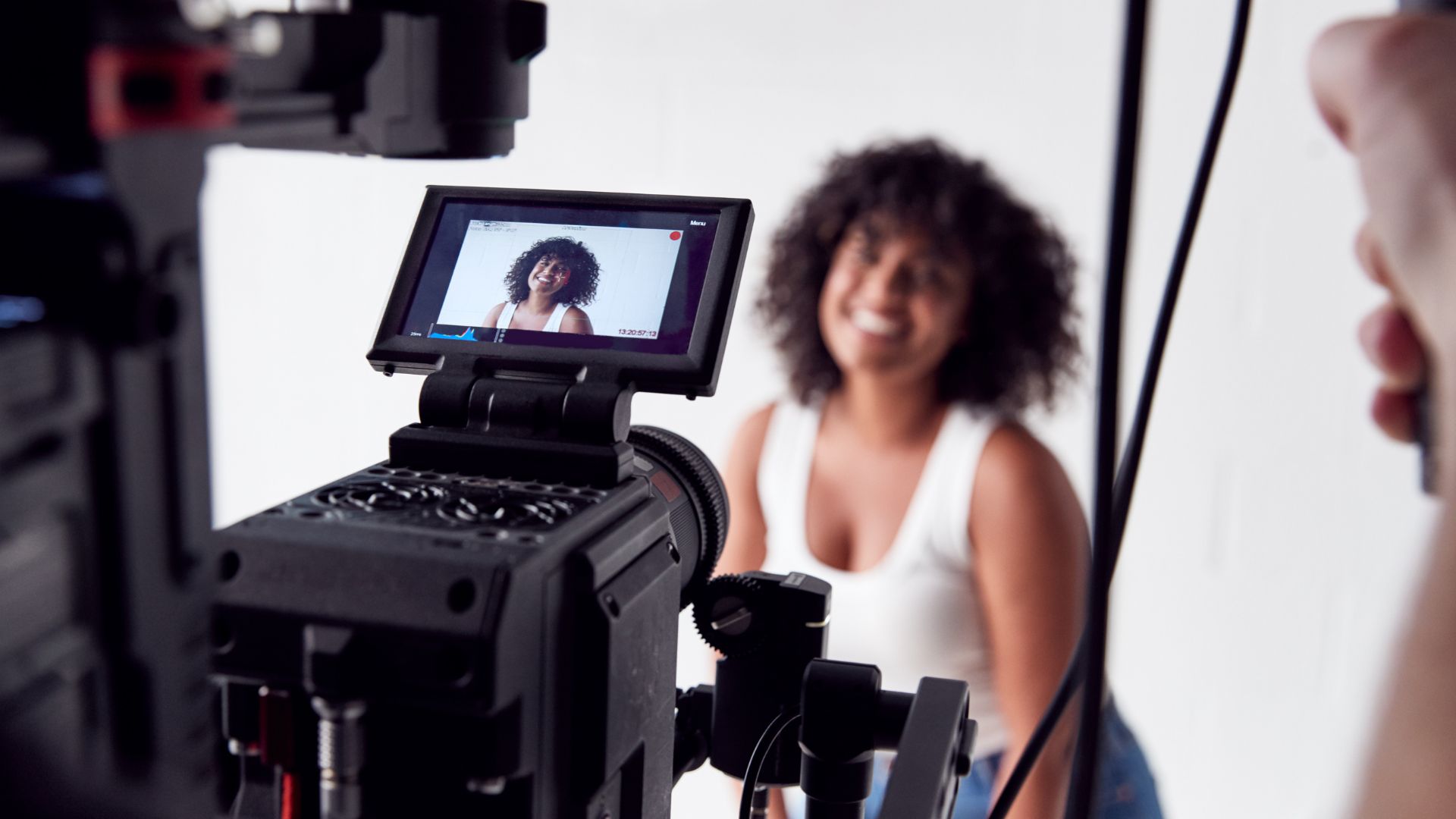

Web TV in high schools is becoming increasingly popular. They provide students with a platform to explore their creativity and build their public speaking confidence. Web TV enables the production and broadcasting of short television programs, covering topics ranging from news and culture to music and sports. For those who want to stream live easily, even from a smartphone, the Kast Live app, available on iOS for mobile and tablet, is an excellent solution for streaming on YouTube and sharing your content with your community.
These web TV channels are typically managed by the students themselves, under the supervision of a teacher or mentor. The benefits are numerous, from improving communication skills to fostering a sense of school community.
In this article, we will explore the advantages of web TV in high schools, provide you with some tips for implementation, and conclude with examples of potential web TV subjects for your high school.
There are numerous advantages to implementing a web TV channel in high schools, as recognized by the Versailles Academy, which is already heavily involved in the subject:
Improved communication with parents and students: A web TV channel enables the dissemination of information about school events, activities, and accomplishments, enhancing transparency and parental/student involvement.
Student practice in public speaking to enhance their self-confidence.
Showcasing students' talents: Broadcasting videos created by students highlights their creativity and potential.
Ability to deliver online classes: You can use this platform to stream online classes, allowing students to review lessons at any time and learn at their own pace.
Enhanced learning experience: Broadcasting demonstration videos or practical experiences can enhance students' learning and engagement.
Strengthening the school's brand image: Demonstrating expertise in creating web TV content can help promote your institution. It's not uncommon to see web TV demonstrations from educational institutions at expos.
Setting up a small video studio in a high school for web TV might seem intimidating, but it can be achieved by following a few simple steps, as outlined below.
First, you must understand the needs of students, teachers, and the school administration to determine what type of content will be most relevant to them. This could include event announcements, online classes, documentaries on educational topics, teacher and alumni interviews, and more.
Once you understand your audience's needs, you should define clear objectives for your web TV channel. These could include educational goals such as improving understanding of taught subjects, increasing student participation, or communication goals such as promoting the school and its events.
It's important to determine the resources available to set up and maintain a web TV channel, including budget, personnel, and equipment. Consider these factors when devising a feasible plan and ensure costs do not exceed the available budget. It's also crucial to check if the school already has the necessary equipment or if new equipment needs to be purchased.
Selecting a studio location that is easily accessible to students and staff is important. Choose a place with good acoustics and sufficient natural lighting. Also, consider the layout of the space, ensuring there's enough room for equipment and people involved in shoots.
To establish an effective video studio, you'll need to acquire necessary equipment such as cameras, microphones, lighting, and video editing software. Ensure the chosen equipment is of professional quality and tailored to the school's needs.
Provide training to individuals involved in video production, so they can effectively use the equipment and produce high-quality videos. This might involve training sessions for students, teachers, and technical staff.
Setting up a video studio can be costly, so proper planning is crucial. Make sure you have the necessary financial resources for equipment acquisition and staff training.
Clearly define the types of content you want to produce for the school's web TV channel. You can also collaborate with students to define subjects. This could include news videos, entertainment shows, documentaries on school activities, online classes, and more. It's important to define the objectives of each type of content to ensure they meet the school's and users' needs.
Once you've defined content types, it's crucial to plan shoots. This involves setting dates, schedules, locations for shoots, and selecting people who will be involved in production (students, teachers, technical staff). Ensure those involved in shoots are prepared and have necessary information to succeed.
After shoots are complete, edit and process the videos to make them ready for broadcasting. Tasks might include video editing, audio and video processing, adding titles and subtitles, and more. Use professional editing software to ensure videos have good image and sound quality. Once videos are edited, it's time to distribute them on appropriate platforms (YouTube, Vimeo, school website, etc.).
This topic could include interviews with teachers, school psychologists, and students discussing strategies and programs to help students manage study-related stress, along with practical tips for maintaining mental well-being.
This can help students develop journalism and communication skills while giving them a voice in the school community.
Encourage science-interested students to create content about the latest discoveries and scientific advancements, or experiments conducted in class. This can help students develop research and writing skills while helping them explore different scientific fields.
Videos could focus on art exhibitions, performances, and student creations, produced and presented by art-interested students. This can help students develop video production and presentation skills while providing a platform for sharing their creativity.
A web TV channel covering school sports events, produced and presented by sports-interested students. This can help students develop sports journalism and commentary skills.
In conclusion, web TV channels in high schools are a fantastic tool to improve communication, showcase student talents, offer online classes, and enhance the learning experience. They also foster a sense of school community and strengthen the school's brand image. It's important to define clear objectives, assess needs and available resources, and seek guidance to set up a quality web TV channel. So, if you're considering embarking on the web TV journey in your high school, go for it – there's no better time!
Finally, if you want to set up a web TV channel in your high school but don't know where to start, don't worry! Kalyzée is here to help. We offer complete studio packages that make it simple and accessible for everyone to create professional-quality videos. We'll guide you through setting up your studio and provide you with all the tools for successful broadcasts. Feel free to contact us to learn more and share your needs – we'd be delighted to assist you in realizing your web TV project!

